Wizz Air A321XLR descent rate increased by almost 300 fpm before tailstrike in Prague
Wizz Air's A321XLR has remained on the ground in Prague since the incident.

Czech aircraft accident investigators have detailed that the Wizz Air Airbus A321XLR, which was involved in a tailstrike incident that has grounded the aircraft involved in the incident since September 11, 2025, in Prague, Czechia, increased its rate of descent by almost 300 feet per minute (fpm, 1.5 meters per second) before it scraped the runway with its tail while landing at the airport.
In an update on investigations that the Czech Air Accidents Investigation Institute (Ústav pro odborné zjišťování příčin leteckých nehod, AAII) has begun in Q3 2025, investigators provided some preliminary information about the tailstrike involving a Wizz Air A321XLR, registered as G-XLRA, which occurred at Prague Airport (PRG) on September 11.
The Czech investigators said that for the captain, who was pilot monitoring (PM), this was the first time he assumed that role on the A321. The first officer had over 450 flight hours (FH) on A320 family aircraft.
According to the AAII, the first officer, who was the pilot flying (PF), had conducted an instrument landing system (ILS) approach on runway 24 at PRG. The aircraft had no active minimum equipment list (MEL) items, and the weather was deemed “normal.”

However, between 75 feet (22.8 meters) and 30 ft (9.1 m) of Radio Altimeter (RA) altitude, the descent rate of the A321XLR increased from 480 fpm (2.4 m/s) to 768 fpm (3.9 m/s).
While the aircraft initially had a 6° pitch angle, it reached a maximum of 9.7°, which resulted in the tailstrike event and damage to the aft fuselage.
“The vertical overload was 2.54 g, and the RA ALT recorded a short-term increase of 2 ft.”
Per the AAII, the tailstrike damaged the aft fuselage between frames 64 and 65. According to Airbus’ airport and maintenance planning document, the A321XLR’s rear center tank (RCT), which had been scrutinized by regulators during the type’s certification process, is located between FR47 and FR49.

Flightradar24 records showed that since the aircraft suffered the tailstrike event at PRG on September 11, the A321XLR has been on the ground at the airport with no scheduled departures in the next few days.
G-XLRA was Wizz Air’s first-ever A321XLR, with the airline’s United Kingdom subsidiary welcoming the long-range single-aisle jet on May 19. Since then, the low-cost carrier has added another four A321XLRs to its fleet.
On November 7, Wizz Air confirmed that it amended its Airbus order book. While it still plans to take delivery of 273 A321neo aircraft, it deferred 88 deliveries that were scheduled through FY2030 to through FY2033, and reduced the number of A321XLRs it would take from 47 to only 11.
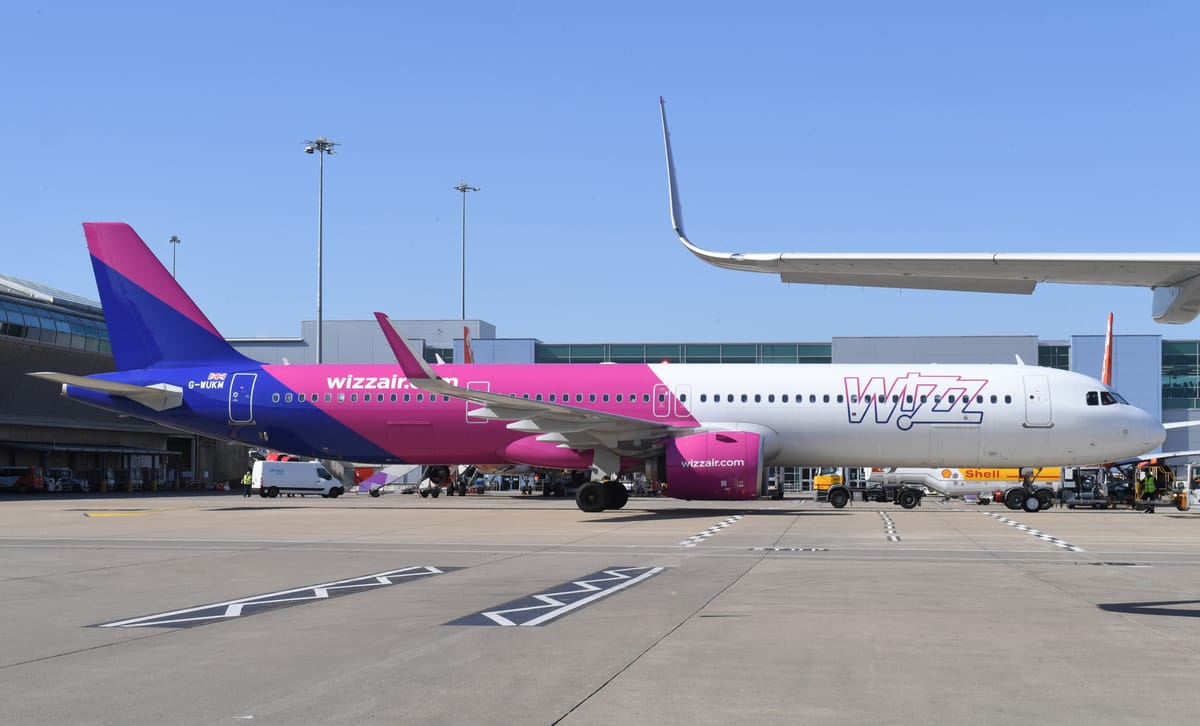
When the European Union Aviation Safety Agency (EASA) issued its final special condition regarding the crashworthiness conditions of aircraft equipped with an RCT in May 2023, to specify the conditions under which “the unusual design of the RCT should prevent fuel spillage in sufficient quantities to start a serious fire in an otherwise survivable crash event,” the European regulator determined that to prove the integrity of the fuselage and the RCT, during testing, the “vertical descent velocity to be achieved by the fuselage/RCT section should be no less than” 1,377 fpm (7 m/s).
Aircraft-level scenarios to demonstrate the RCT section’s compliance would need to land with the landing gear down and weights up to the maximum landing weight (MLW) and maximum takeoff weight (MTOW) at a descent rate of 1,500 fpm (7.62 m/s).
EASA certified the A321XLR in July 2024, saying that the certification of the aircraft posed a safety challenge related to the addition of the RCT, which is integrated within the aircraft.
“We needed to be sure that the design location of the tank would not in itself trigger a safety issue, that the tank was adequately robust and crash resistant, even in a case where the landing gear failed or an unknown threat such as an item on the runway could damage the tank, and finally we wanted proof that if the tank was compromised, the leakage rate would be limited so as not to pose a threat,” Michael Singer, the Head of Departmet of Large Aeroplanes at EASA, said at the time.
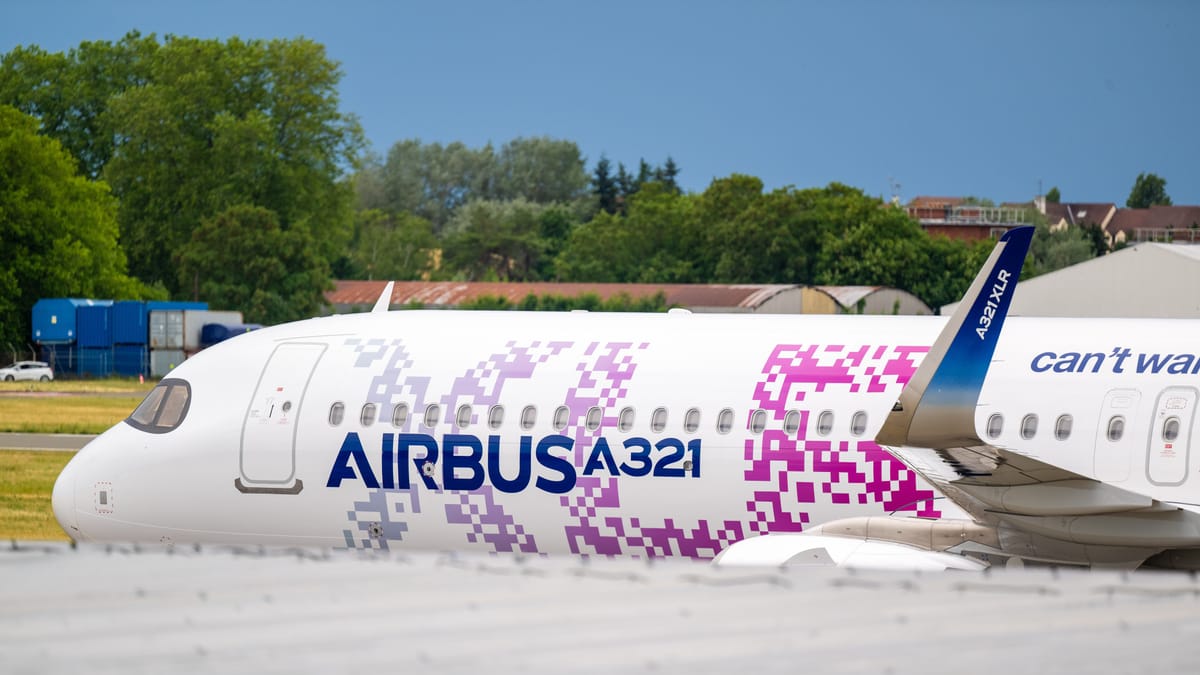



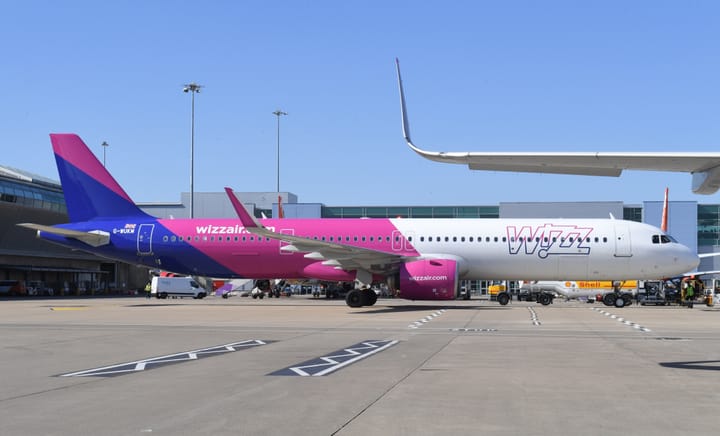
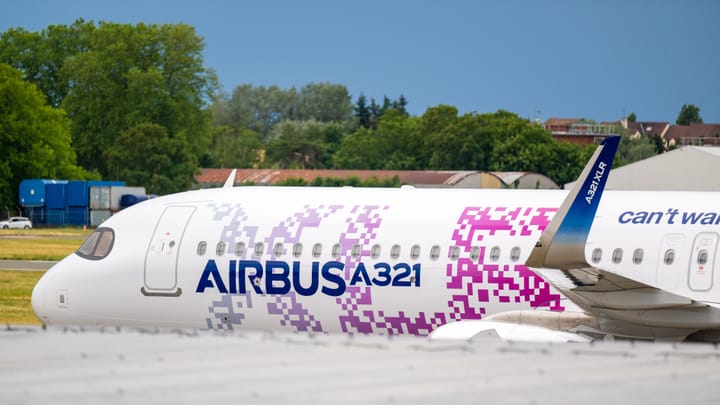
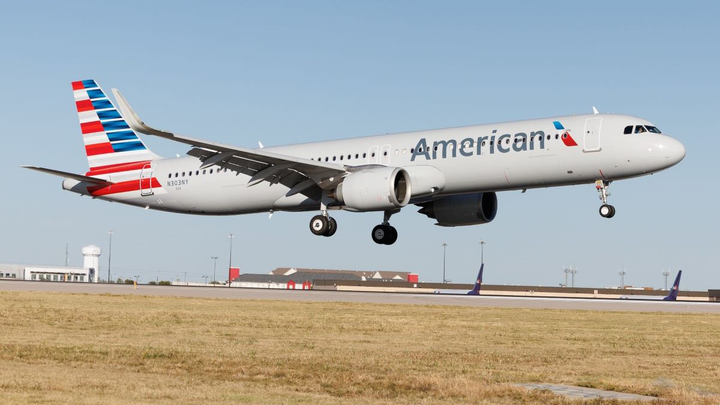
Comments ()